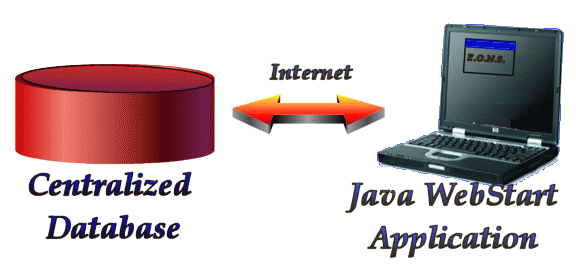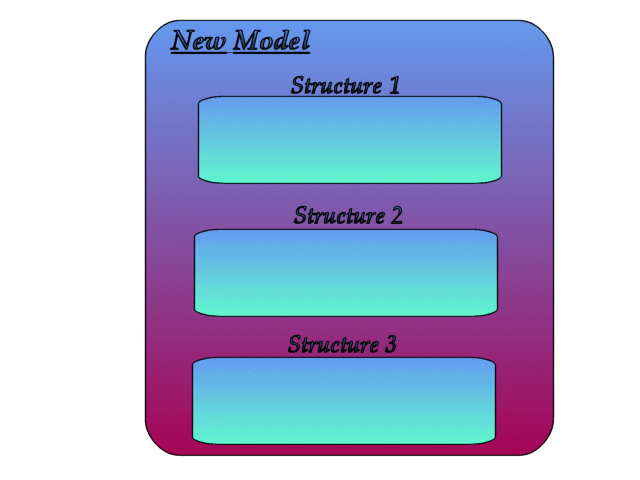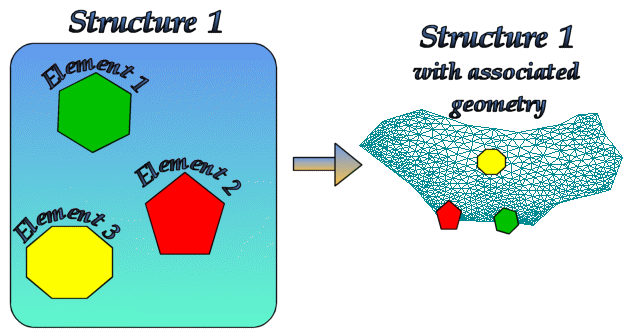Introduction to EONS v2.0
E.O.N.S. stands for 'Elementary Objects of Neural Systems'. It is an interactive program that allows the modeling of a synapse. E.O.N.S. was designed to provide users with a computational tool to better understand the interactions between elements within the synapse, as well as the influence of its geometry. It was developed by Dr. Jean-Marie Bouteiller (database and database connectivity designed and developed by Yumei Qiu) in the laboratory of Dr. Theodore W. Berger at University of Southern California. It consists of a modeling platform that contains several modules, some of them being already integrated in the main software.E.O.N.S. is a work in progress. Please,
come back often to check on the latest status of your modeling platform
and feel free to send us your feedback at jbouteil@usc.edu.
What is E.O.N.S.:
E.O.N.S. is a simulation platform that
allows users to create synaptic models. This means that users can
litteraly build a virtual synapse from scratch, starting with a few
calcium channels, a release site and postsynaptic receptors, and
eventually implement more complex mechanisms (second messenger
pathways, metabotropic receptors). E.O.N.S. was
designed to provide users with a computational tool to better
understand the interactions between elements within the synapse, as
well as the influence of its geometry.

From a computational standpoint, E.O.N.S. consists of a Java WebStart application that communicates with a central database in which the models and elements are stored. Users can save and retrieve models and parts of these models.
Structure of E.O.N.S.:
The E.O.N.S. simulation platform contains
models, structures, elements, reactions and simulations. Following is a
definition of these components, and an explanation of how they
interact:
- Models:
A model is an entity in which all simulated components are defined. - Structures:
A structure is a container for modeling elements. It is a conceptual container (you can think of it as a bucket for your tools) and can become a physical container when associated to a geometry. It then adopts the dimensions of the mesh to which it is associated. A model can contain several structures (ex: presynaptic, cleft, postsynaptic, etc...). - Elements:
An element is a model part, a unit entity that can be added or removed from the rest of the model. An element contains parameters which can be constants or variables. As an example, an element can be a calcium channel, a calcium buffering store or a postsynaptic receptor. - Reactions:
Elements interact with their environment. These interactions are described as Reactions in E.O.N.S.. Reactions represent a set of mathematical expressions that describe the events or interactions occuring in the system. - Simulations:
A simulation is the actual in-silico experiment. A simulation can solely be run on an entire model. Refer to 'Creating / Launching simulations' for further details.

